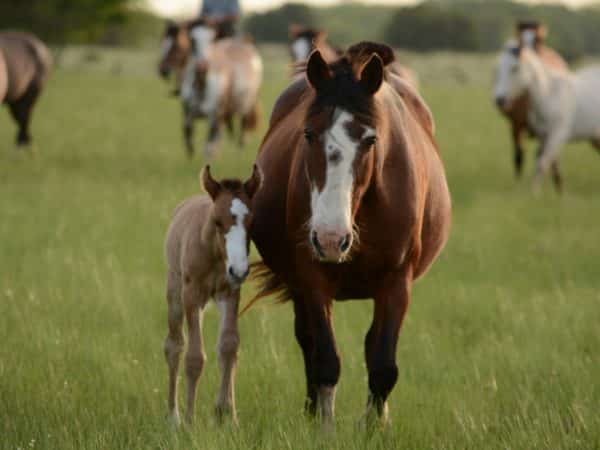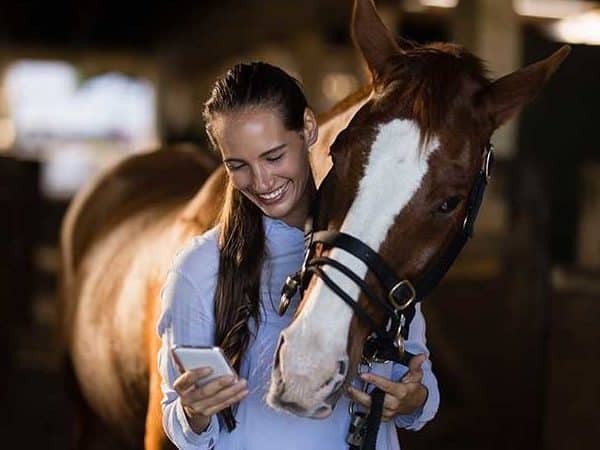Want to put your companion out to pasture? Excellent idea! This lifestyle, closer to his natural way of life than a life in a stall, will be better able to meet his vital needs, with less human intervention.
One of the reasons for living in a stall is to better control the safety of your horse. However, it is perfectly possible for your horse to live outside all year round, and enjoy almost the same level of safety… as long as you observe a few rules!
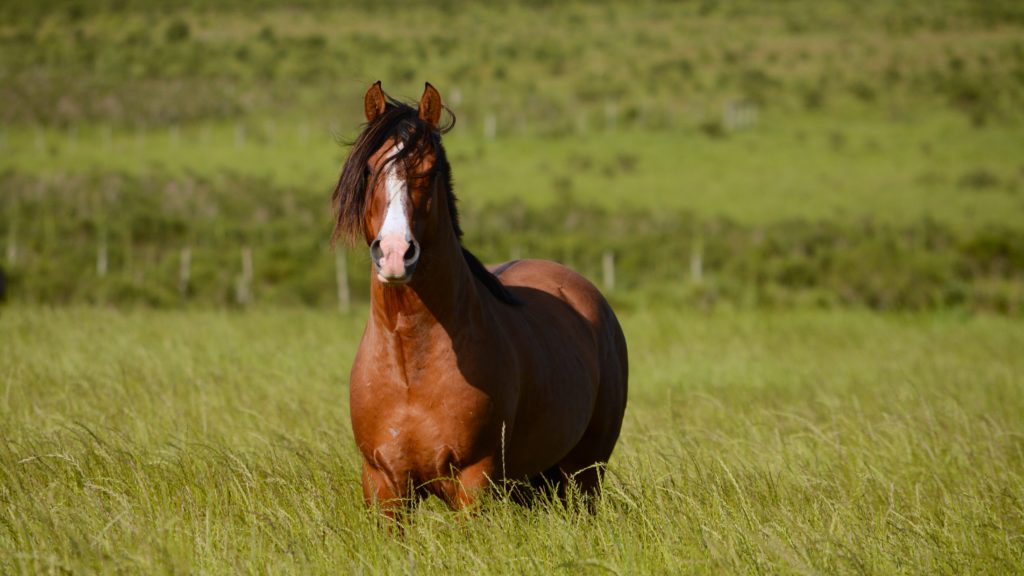
First and foremost, it’s essential that your horse is properly identified, in particular with a microchip. This will enable a direct link with you in the event of an incident.
1. A solid and suitable fence, you will install
To ensure your horse’s safety in the pasture, the most essential and obvious point is the fence: it ensures that the horse stays in its pasture, but also delimits the property to keep out the curious.
The fence must be sturdy and solid, made of wood or PVC for example. You can also opt for an electric horse fence, whose voltage must be adapted to the horse’s sensitivity and respect for fences. For maximum safety, this can be added to a solid fence (wood, PVC). Barbed wire or metal wires, which are difficult for the horse to discern, are obviously to be avoided!
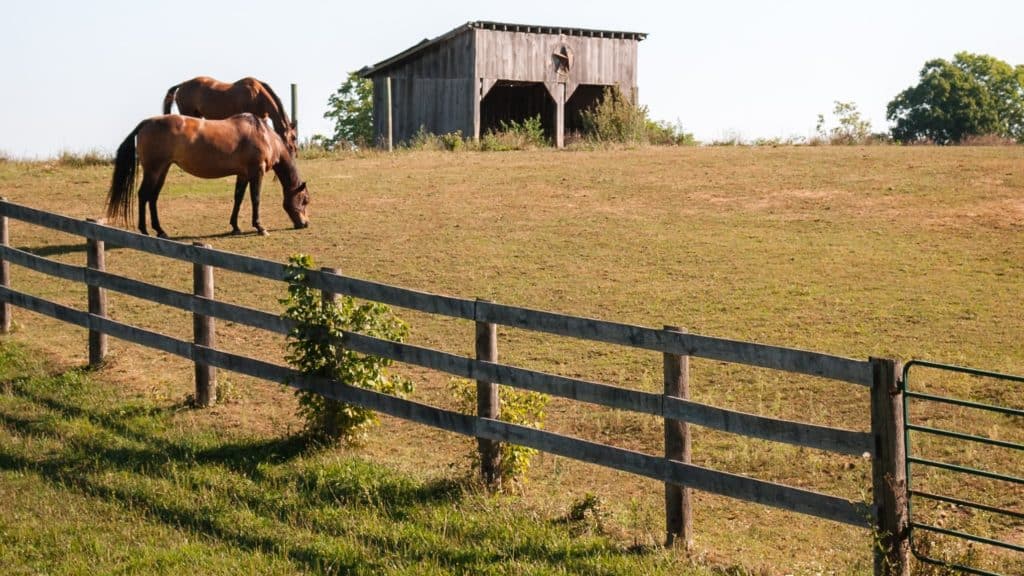
A solid (or electric) fence is essential.
It’s advisable to have a fairly high fence (around 1.50 m), so that the horse doesn’t jump over it. Likewise, make sure that the fence has two or even three levels, so that the horse doesn’t jump underneath. Make sure that the different levels don’t touch each other, especially in the case of electric fencing, to avoid short-circuits. For the same reasons, remember to clear the undergrowth around the fence on a regular basis.
2. Keeping an eye on your horse, you’ll make sure of
A good fence is essential, but leaving your horse to fend for himself is out of the question! Regular visits are just as important, at least once a day.
During these visits, you can check the condition of the fencing and the grounds, but above all the condition of your horse: a careful grooming will ensure that there are no wounds, signs of ill health or parasites. It is advisable to do a more thorough grooming once a week to check these points in more detail.
Would you like to keep a closer eye on your horse, but are unable to visit several times a day, or would you also like to keep an eye on him at night? Then a surveillance camera is for you. Some operate on 4G and battery power, so there’s no need for wifi or electricity! This is particularly true of the Coho camera camera, which not only watches over your horse and alerts you in the event of intrusion, but is also capable of analyzing his behavior and alerting you to any anomalies.
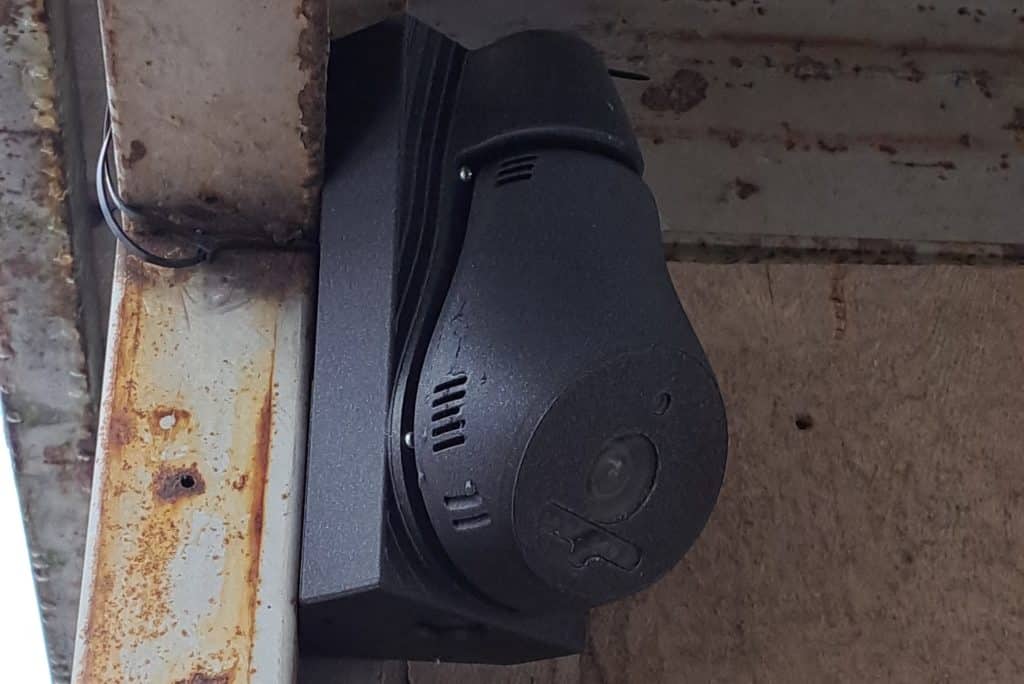
Thanks to its battery-powered, 4G operation, the Coho camera is ideal for use in the pasture.
If you opt for the Coho pasture solution, it’s important to combine it with anomadic kitand keep it out of the rain and sun.
3. Beware of other humans
We’ve just mentioned trespassing, and indeed, an ill-intentioned human can be a danger to your horse (especially if he’s not very shy and lets himself be approached easily). To prevent intrusions, you can use deterrents such as indications of the voltage of the electric fence, or video surveillance of the meadow (if this is the case). At Coho, our fixing kits are supplied with a nameplate.
If, unfortunately, deterrents aren’t enough, and an incident does occur, a surveillance camera with memory can help you reconstruct the circumstances of the incident. At Coho, different timelapses allow you to see the last few hours in less than a minute several times a day, and these are stored for several weeks.
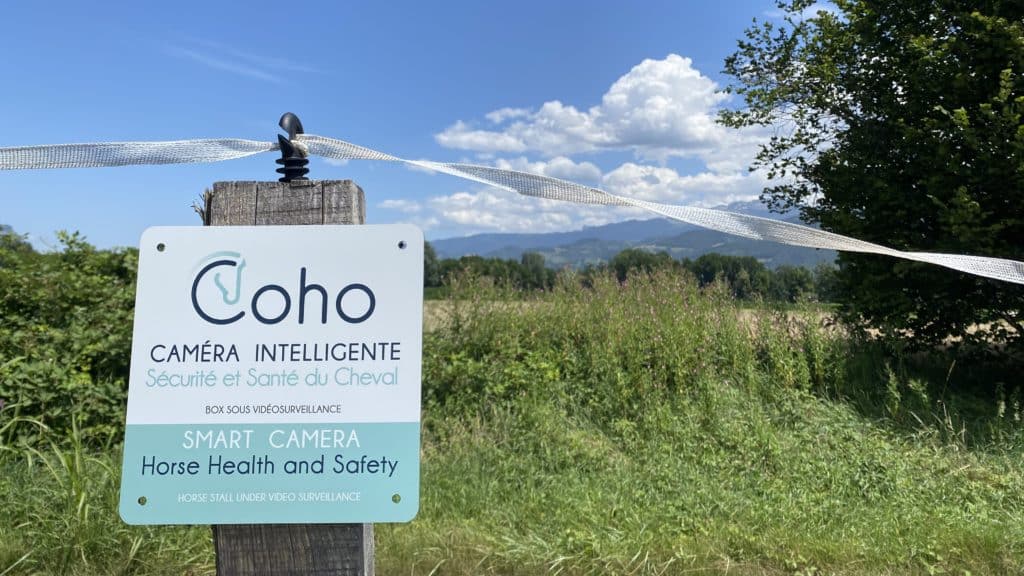
Deterrent signage is a good means of prevention.
Finally, no matter how well-intentioned a curious youngster may be, staying on the right side of the fence can be dangerous for your horse if he decides to feed him. Indeed, due to a lack of knowledge (of horses in general, or of your horse specifically in any case), he could feed him food that is not adapted to his health, or even to his diet, and thus cause serious health problems. It is therefore imperative to put up preventive signs to make passers-by aware of the situation.
4. Thou shalt eradicate weeds
In addition to fencing, it’s important to ensure that the meadow is in good condition, free from objects that could injure your horse, as well as toxic plants. Naturally, horses generally steer clear of plants that could be harmful to them. However, to avoid any risk, it is advisable to ensure that your meadow is free of such plants. Here’s a list of the most common plants toxic to horses:
- Rose laurel (Nerium oleander)
- Common yew (Taxus baccata)
- Eagle fern (Pteridium aquilinum)
- Foxglove (Digitalis purpurea)
- Castor oil (Ricinus communis)
- Colchicum (Colchicum autumnale)
- Holm oak (Quercus ilex)
- Sycamore maple (Acer pseudoplatanus)
- Rhododendron (Rhododendron spp.)
- Azalea (Rhododendron spp.)
- Honeysuckle (Lonicera spp.)
- Black elderberry (Sambucus nigra)
- Daffodil (Narcissus spp.)
- Tulip (Tulipa spp.)
- Hyacinth (Hyacinthus orientalis)
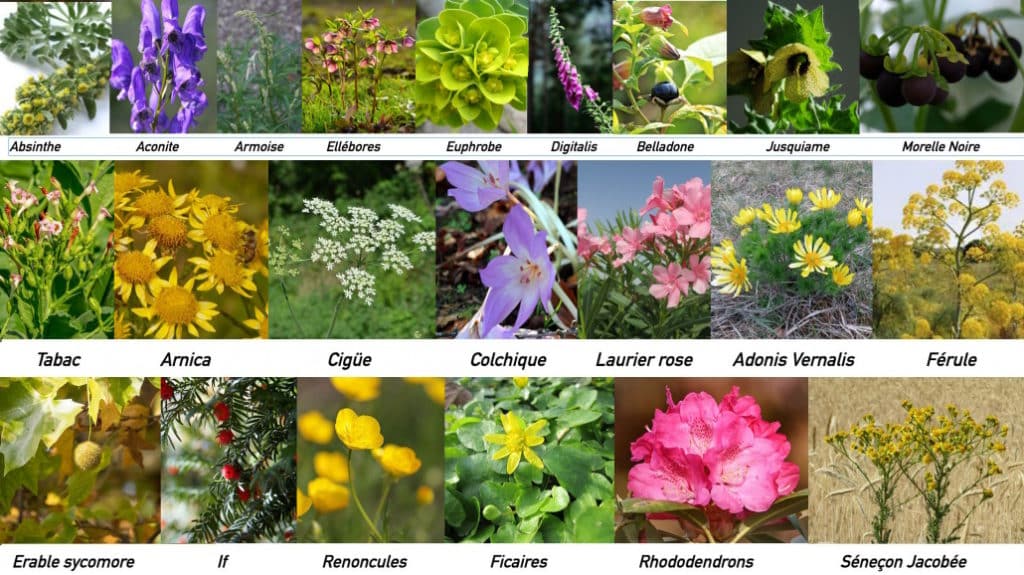
Non-exhaustive list of plants toxic to horses (source: lepaturon.com)
This list is not exhaustive, however, and may vary from region to region. If in doubt, consult a botanist or veterinarian!
5. Suitable companions, you’ll find
Horses are gregarious animals, which means they’re not meant to live alone. At the very least, a playmate will contribute to your horse’s mental health. However, the addition of a new horse should not be done lightly: it’s important that both horses get to know each other beforehand, and that they get along well. If this is not the case, the misunderstandings that may arise could lead to injury.
So add a new horse in stages: they can start by getting to know each other through the fence, then together under surveillance, first for a few hours a day, then if all goes well on a daily basis, still under surveillance at first. Here too, a surveillance camera can be a useful tool for monitoring integration, especially during the first few nights.
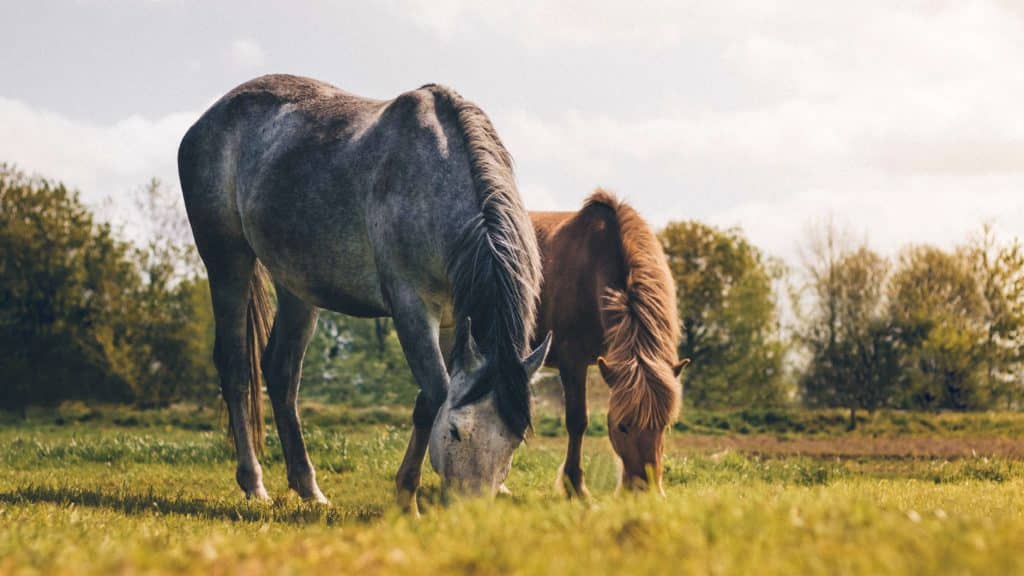
Integration into a herd should be gradual.
Finally, even if two horses living together get on well, it’s preferable for them to be unshod, especially in the hindquarters; here too, their games can sometimes be muscular, and where bare feet would be virtually harmless, shoes could result in far more serious injuries.
Now you have all the keys you need to keep your horse as safe as possible, even when he’s out in the pasture! Reassured? Don’t hesitate to talk to us about the subject, we’d be delighted to hear your feedback or questions!

